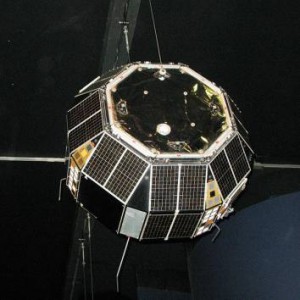Update: 13-03-2012 16:04 CEST
Due to ‘Operational Constraints’ the commands to turn on the transponder were not been able to send. In-convenience caused is regretted. The next attempt would be made during 01:44 UT pass over India. On behalf of ‘Operations Director-VO-52 Mani, VU2WMY
Subsequent to the clearance by the ‘Expert committee’ the Transponder # 2 (The Dutch Transponder made by William Leijenaar PE1RAH) on board HAMSAT VO-52 would be switched ‘ON’ at 13:42 UT on 13.03.2012 during orbit # 37080 over India.
A ‘Critical Comparative Signal Report’ between the Indian and Dutch transponder would be of great help for further evaluations and necessary actions for the maintenance the transponder in good and healthy condition for better services and also, the inputs would be very valuable to the respective transponder designers.
We all hope, Williams PE1RAH would be very happy with our decision and behalf of every one here in India involved with project, wish Williams and his transponder, once again all the very best and good luck.
Uplink frequency : 435.25 MHz
Downlink frequency : 145.9 MHz
Beacon : CW at 145.859330 MHz (145.86 MHz)
Output level of Beacon : 18 dBm
Thanks to AMSAT-India (Nitin VU3TYG) for the all the help and co-ordination provided.
My first pass will be at 19:45 CEST I will give it a try and see how it is working
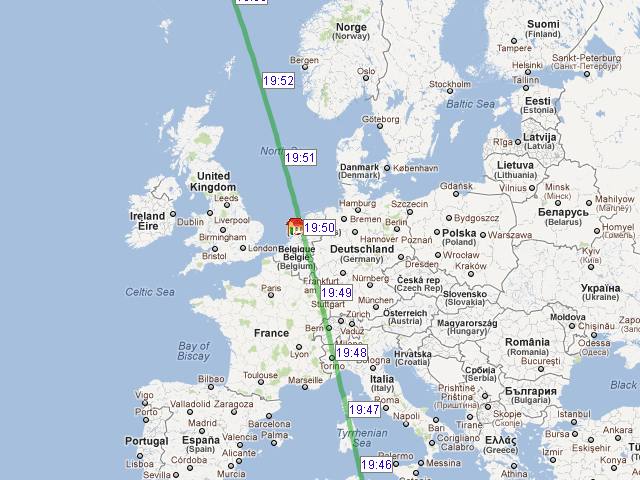
Update 13-03-2012 14:30 CEST:
In an email exchange between me and William (PE1RAH) it became clear to me that this is the first time in seven year that the Dutch transponder will beactivated. Compared to the Indian transponder, when the dutch transponder is active a CW signal can be heard on the beacon frequency.
[PE0SAT Thanks Mani, VU2WMY and PE1RAH for the above information]

 The FO-29 Command Team reports from Japan that they have recovered the satellite after it had experienced a shutdown due to longer eclipse periods causing an undervoltage condition.
The FO-29 Command Team reports from Japan that they have recovered the satellite after it had experienced a shutdown due to longer eclipse periods causing an undervoltage condition.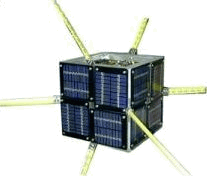 NAV OSCAR 44 – PCSat (Recovery)
NAV OSCAR 44 – PCSat (Recovery)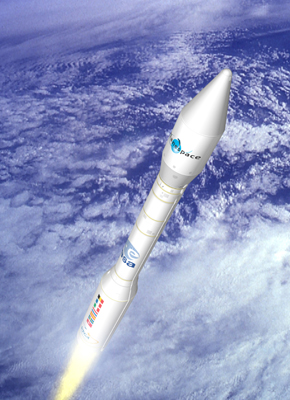 The first student built amateur radio CubeSats to be sponsored by ESA’s Education Office have passed their Final Acceptance Review and have been declared ready for launch on board the maiden flight of Vega, the new ESA launcher.
The first student built amateur radio CubeSats to be sponsored by ESA’s Education Office have passed their Final Acceptance Review and have been declared ready for launch on board the maiden flight of Vega, the new ESA launcher.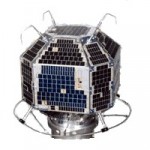 JJ1ZUU tweet indicates FO-29 may resume operations soon, probably scheduled. Details will follow and the schedule propably be announced.
JJ1ZUU tweet indicates FO-29 may resume operations soon, probably scheduled. Details will follow and the schedule propably be announced.